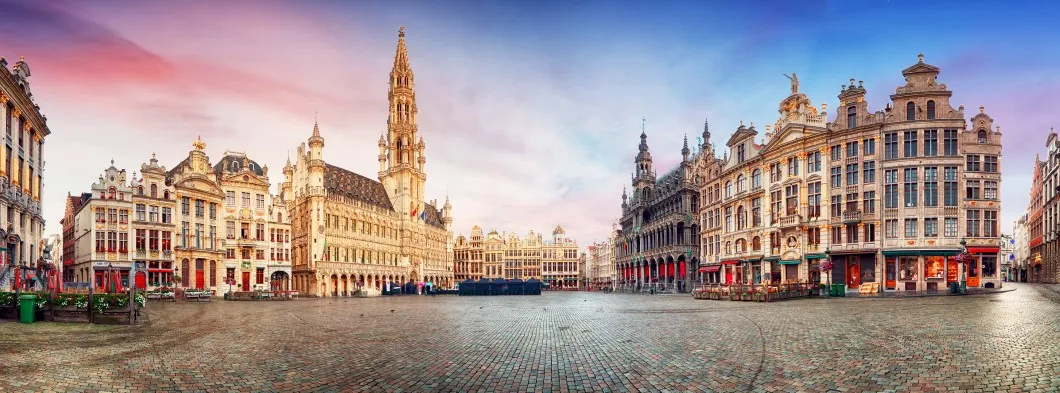
In 2017, the growth of the European tourism sector exceeded that of the global economy for the seventh consecutive year, growing by more than 10.2% of the world’s GDP. Despite the changes experienced throughout 2016 and 2017, the sector has managed to maintain and cope with currency fluctuations, the political uncertainty, weather disasters, and incidents related to terrorism.
In this turbulent environment, Europeans are still willing to travel, to the point that they decide to return to classic travel destinations such as London or Paris, and even explore remote places, such as the Dominican Republic, Cuba, Jamaica, China, South Korea or Turkey.
The marketing forecasts for the next ten years show an annual growth rate of 3.9%, so the future looks quite promising for the European tourism sector. However, issues such as currency fluctuations and interest rates may affect consumer habits; so many travelers are looking for ways to stretch their vacation budget to the maximum.
For the European tourist, the five most popular regional travel destinations in 2017 were London, Amsterdam, Lisbon, Mallorca, and Porto. London continues to be the favorite among the most popular destinations by European travelers, as it remains at the top of 2017’s global ranking.
In fact, taking into account the amount of passengers, it can be said that it has been a great year for British tourism, with an 8% increase in the number of foreign visitors in the last year. The fall of the pound due to Brexit in 2016 seems to have clearly influenced this growth, since tourists visiting the United Kingdom can now buy more with their money.
On the other hand, large cities have suffered incidents related to terrorism in recent years, including Paris, London, and Berlin. However, these destinations have registered a greater number of passenger bookings in 2017. In this year, London has grown by 24%, Berlin by 10%, and Paris by 4% in comparison to 2016’s figures.
Following the growth of the European tourism sector, so far there has been an increase of 13% in the number of bookings for short distance flights made by European travelers compared to 2016, as well as 29% more bookings of long distance flights in the same period.
The Azores Islands, an autonomous region belonging to Portugal, have seen tourism grow enormously, especially in Terceira Island and Ponta Delgada. This increase in the number of visitors is due to the investment made in the tourism sector, and the introduction of low cost flights that connect the archipelago directly with the United States, United Kingdom, Germany, Spain, and Portugal.
According to e-Dreams, one of the largest European online travel companies, the long distance travel destinations most popular among Europeans in 2017 were Punta Cana, Dominican Republic (147%); New Delhi, India (103%); Singapore (79%); Havana, Cuba (67%); Cape Town, South Africa (64%); Bogota, Colombia (62%) and Sydney, Australia (58%).
The fact that traveling is cheaper has also caused an increase in the number of tourists choosing Asia as their destination. The number of flights to New Delhi (103%) and Singapore (79%) increased significantly, while prices fell by 6% and 7%, respectively.
The reservations that tourists have already made for 2018 show that the current travel destinations drawing the attention of European tourists in recent times are focused on cities with the highest availability of low-cost long-flights, as well as internal flights, and that are known for the celebration of big festivals, major sporting events, and have a smarter investment made by the local governments. Among these, Singapore stands out (163%); San Francisco, California (158%); Johannesburg, South Africa (156%); Tokyo, Japan (146%); Istanbul, Turkey (138%); for the most sought-after destinations by the Europeans.









